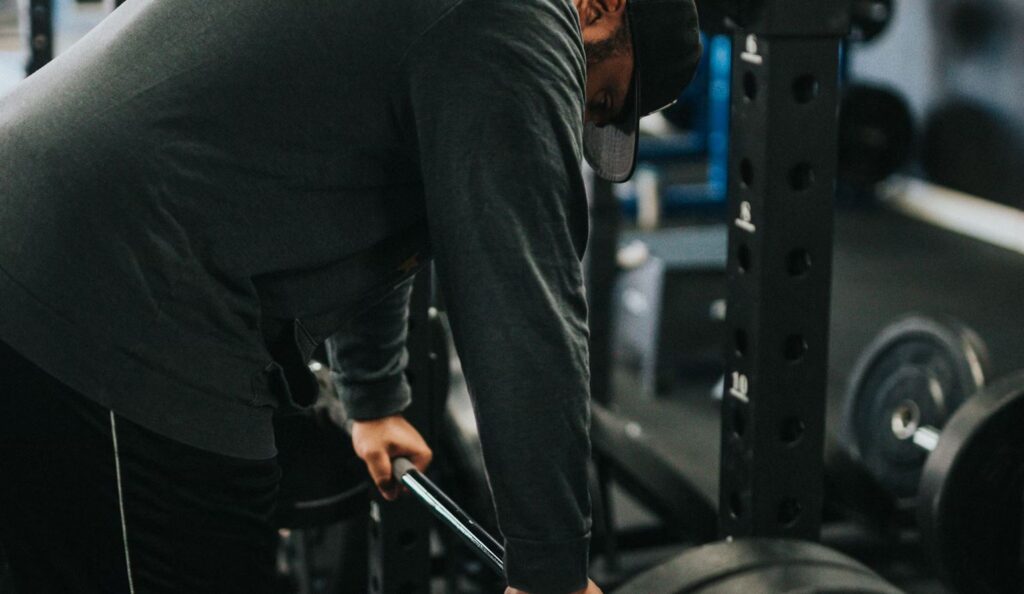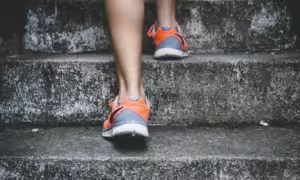
Lower back pain is a common ailment that affects individuals of all ages and backgrounds. It can significantly impact daily activities and overall well-being. Fortunately, there are effective ways to reduce and manage lower back pain. In this article, we will explore the common causes of lower back pain and provide expert advice from massage therapy and kinesiology specialists on how to alleviate discomfort and promote long-term relief.
Muscle Strain
Muscle strain is a leading cause of lower back pain. Poor posture, repetitive movements, improper lifting techniques, or sudden excessive stress on the lower back can strain the muscles and ligaments. To reduce pain, the specialists recommend:
Applying ice or heat packs to the affected area.
Engaging in gentle stretching and strengthening exercises.
Maintaining proper posture during daily activities.
Incorporating regular movement and avoiding prolonged periods of inactivity.
Poor Posture
Maintaining poor posture during prolonged sitting or standing can contribute to lower back pain. Slouching or hunching forward disrupts the natural alignment of the spine and strains the lower back muscles. The massage therapy and kinesiology specialists suggest:
Practicing good posture by sitting and standing with a straight spine.
Using ergonomic supports, such as lumbar rolls or adjustable chairs.
Taking frequent breaks to stretch and correct posture throughout the day.
Engaging in exercises that strengthen core muscles and promote postural stability.
Herniated Disc
A herniated disc occurs when the soft cushioning discs between the vertebrae in the spine rupture or become displaced. This condition can cause lower back pain and radiating leg pain (sciatica). The specialists recommend:
Seeking massage therapy sessions that target the affected areas and promote relaxation.
Engaging in exercises recommended by a kinesiology specialist to strengthen the supporting muscles.
Avoiding activities that exacerbate pain or put excessive pressure on the spine.
Consulting with a massage therapist and kinesiologist for personalized treatment plans.
Spinal Arthritis and Spinal Stenosis
Degenerative conditions such as spinal arthritis (e.g., osteoarthritis, spondylosis) and spinal stenosis can contribute to lower back pain. The massage therapy and kinesiology specialists suggest:
Receiving massage therapy sessions that focus on relieving muscle tension and improving circulation.
Engaging in exercises prescribed by a kinesiology specialist to promote joint mobility and flexibility.
Implementing posture correction techniques to alleviate pressure on the affected areas.
Seeking guidance from both massage therapists and kinesiologists for a holistic approach to pain management.
Scoliosis and Traumatic Injuries
Scoliosis, an abnormal sideways curvature of the spine, and traumatic injuries (e.g., falls, accidents) can also contribute to lower back pain. The specialists advise:
Receiving massage therapy sessions that address muscle imbalances and promote relaxation.
Engaging in exercises prescribed by a kinesiology specialist to improve spinal alignment and stability.
Incorporating strengthening exercises to support the spine and promote overall strength.
Practicing relaxation techniques and stress management strategies to reduce tension and aid in healing.
Lower back pain can stem from various causes, and effective management requires a comprehensive approach tailored to each individual’s needs. By understanding the underlying causes and implementing the advice of massage therapy and kinesiology specialists, it is possible to reduce lower back pain and improve overall well-being. Remember to consult with qualified healthcare professionals for personalized assessments and treatment plans to address your specific condition.




